The world of jadeite jade, particularly the prized emerald-green variety known as "feicui" in Chinese, is as complex as it is captivating. Among the most pressing concerns for collectors, gemologists, and enthusiasts alike is the authentication of these gems, specifically distinguishing between Type A, B, and C jadeite. Infrared spectroscopy has emerged as a powerful tool in this endeavor, offering insights into the molecular structure that can reveal treatments and enhancements.
At its core, jadeite jade is a sodium-rich pyroxene mineral, prized for its vivid colors and translucency. Type A jadeite refers to natural, untreated stones that have only undergone traditional cutting and polishing. These gems are the most valuable, as their beauty is entirely unaltered. Type B jadeite, however, has been chemically treated to remove impurities and improve clarity, often followed by wax or polymer impregnation to enhance stability and appearance. Type C jadeite takes this a step further, involving dyeing to intensify or even create color where none existed naturally.
The challenge lies in detecting these treatments, as they can significantly impact the value and durability of the stone. This is where infrared spectroscopy proves invaluable. The technique works by measuring how infrared light is absorbed by the jadeite's molecular bonds, creating a unique spectral fingerprint. Natural, untreated jadeite (Type A) exhibits distinct absorption peaks associated with its crystalline structure and natural inclusions. When polymers are present (as in Type B), new peaks emerge around 2900 cm-1, corresponding to C-H stretching vibrations from the impregnating materials.
Dye detection in Type C jadeite presents a more nuanced picture. While some dyes may show characteristic peaks in the infrared spectrum, others require complementary techniques like UV-Vis spectroscopy for confirmation. The complexity arises because some dyes only affect surface layers, potentially escaping detection if the analysis isn't sufficiently sensitive. Advanced Fourier-transform infrared (FTIR) spectrometers have become essential in modern gemological laboratories for this precise reason, capable of detecting even minute traces of treatment.
Beyond simple classification, infrared spectroscopy provides information about the extent of treatment. For instance, the relative intensity of polymer-related peaks can indicate how heavily a Type B jadeite has been impregnated. Similarly, the presence of residual acids from the bleaching process may leave telltale signs in the spectrum. These details are crucial for accurate valuation and understanding of a stone's long-term stability, as heavily treated jadeite may require special care or could deteriorate over time.
The interpretation of these spectra requires expertise. Natural jadeite from different deposits can show variations in their infrared signatures due to differing trace element compositions. A skilled gemologist must distinguish between these natural variations and signs of treatment. This is particularly important for high-quality jadeite that commands premium prices in markets across Asia, especially in China where jade holds deep cultural significance.
Recent advancements in portable infrared spectrometers have brought this technology out of specialized laboratories and into the field. Dealers and auction houses now routinely use these devices for preliminary screening, though they typically send stones to certified laboratories for definitive analysis. The portability comes with trade-offs in resolution and sensitivity, but represents a significant step forward in combating the sophisticated treatments that continue to emerge in the jadeite market.
As treatment methods become more advanced, so too must the analytical techniques. Some newer treatments use polymers specifically designed to mimic natural jadeite's infrared signature, requiring gemologists to look for subtler clues in the spectrum. Others combine multiple treatments - bleaching followed by dyeing and polymer impregnation - creating complex spectral patterns that challenge even experienced analysts. This ongoing technological arms race between treaters and detectors ensures that infrared spectroscopy remains a dynamic field of study.
The implications of accurate jadeite classification extend beyond mere valuation. In many cultures, especially in East Asia, jade carries spiritual and symbolic meaning. There's a profound difference between a naturally formed stone and one that has been artificially enhanced, both in terms of monetary value and cultural significance. Museums and cultural institutions rely heavily on infrared spectroscopy to verify the authenticity of historical jade artifacts, where non-destructive analysis is essential.
Looking forward, the integration of infrared spectroscopy with other analytical techniques promises even greater accuracy in jadeite authentication. Combining FTIR with Raman spectroscopy, energy-dispersive X-ray fluorescence, and advanced imaging methods provides a more comprehensive picture of a stone's history and treatment. As these technologies become more accessible, the jadeite market may see increased transparency, benefiting both buyers and sellers of these magnificent gems.
Ultimately, the story of jadeite authentication is one of science meeting tradition. Infrared spectroscopy provides objective data about a stone's composition and treatment history, but the appreciation of jadeite's beauty remains deeply subjective. The tension between these two perspectives - the measurable and the intangible - is what makes the study of jadeite so endlessly fascinating for gemologists and collectors alike.
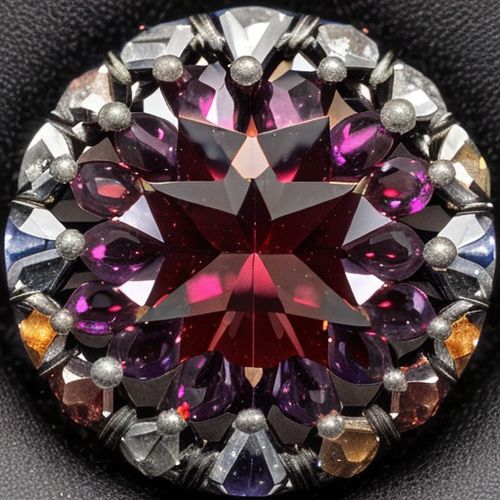
By Grace Cox/Apr 27, 2025

By Christopher Harris/Apr 27, 2025
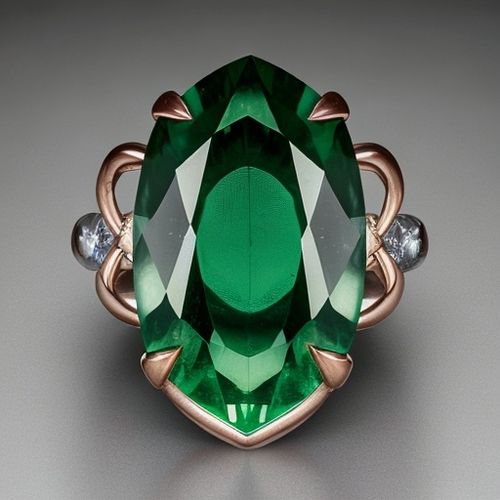
By Thomas Roberts/Apr 27, 2025
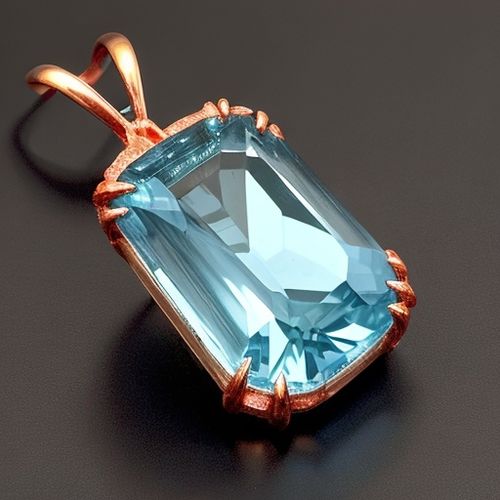
By Joshua Howard/Apr 27, 2025
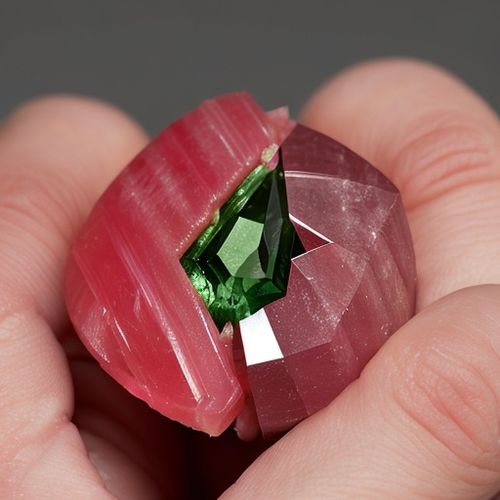
By George Bailey/Apr 27, 2025
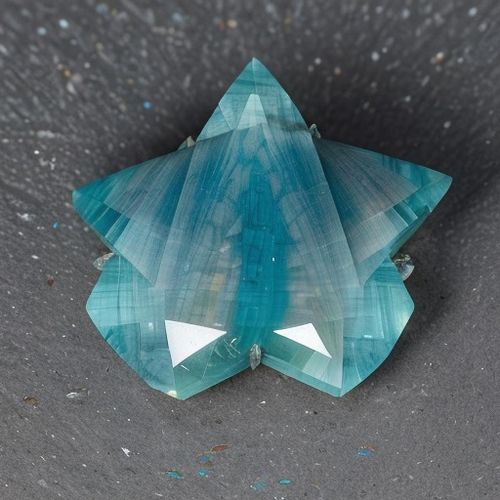
By Amanda Phillips/Apr 27, 2025
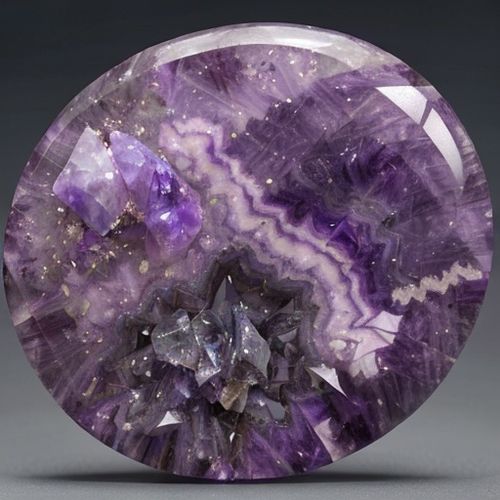
By Emily Johnson/Apr 27, 2025
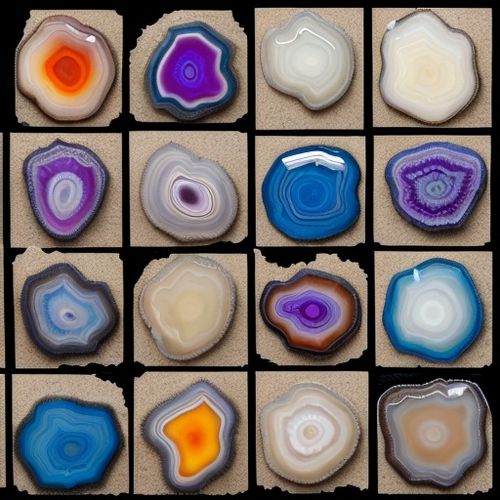
By Samuel Cooper/Apr 27, 2025
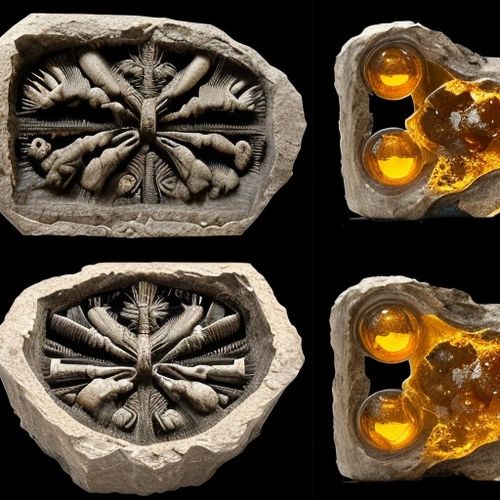
By Emma Thompson/Apr 27, 2025

By George Bailey/Apr 27, 2025
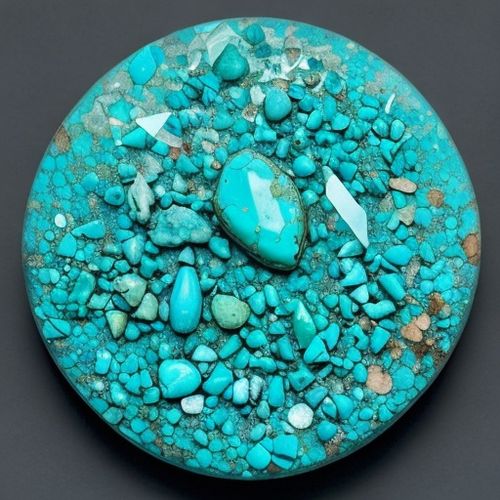
By Eric Ward/Apr 27, 2025
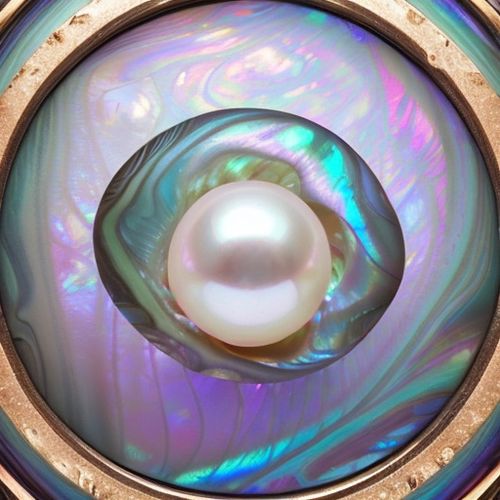
By Noah Bell/Apr 27, 2025
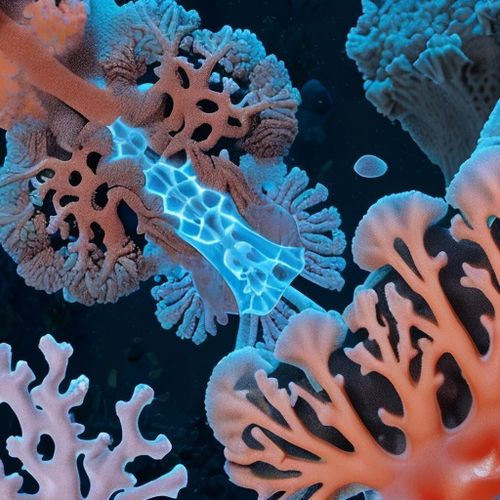
By Samuel Cooper/Apr 27, 2025
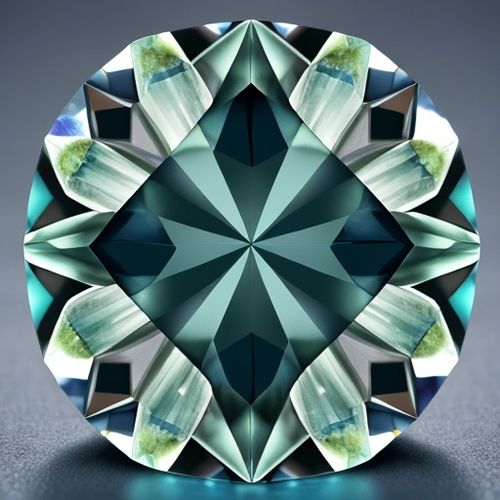
By Eric Ward/Apr 27, 2025
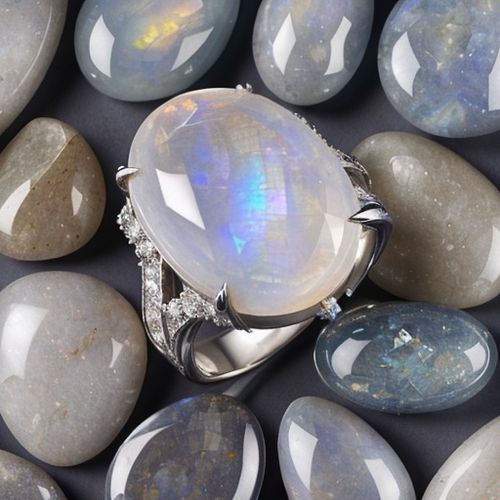
By George Bailey/Apr 27, 2025
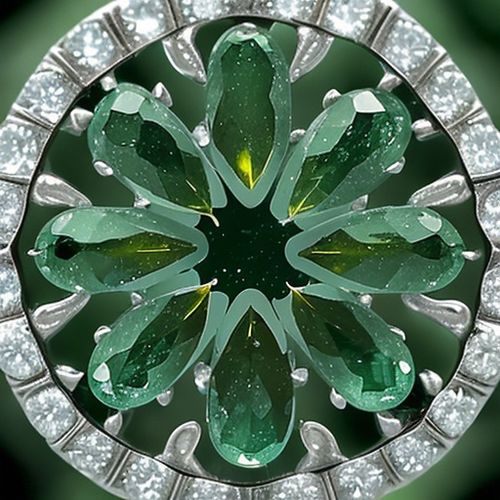
By Eric Ward/Apr 27, 2025
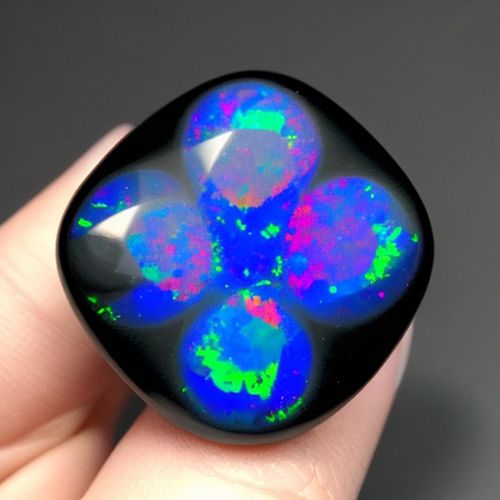
By David Anderson/Apr 27, 2025

By Lily Simpson/Apr 27, 2025

By Natalie Campbell/Apr 27, 2025
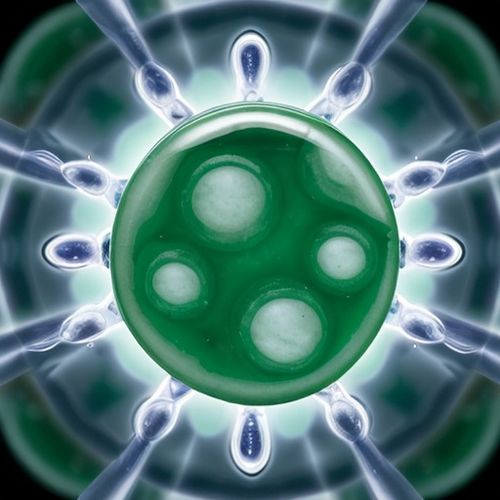
By William Miller/Apr 27, 2025